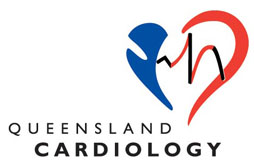Head Up Tilt Test
What is a Head Up Tilt Table Test?
A head up tilt test is a simple, non-invasive test used to evaluate patients who have had repeated “syncope” (loss of consciousness).
How does the test apply to you?
Normally when we stand, the heart and blood vessels (cardiovascular system) make adjustments to prevent blood from pooling in the legs and maintain blood flow towards the head. For example, the heart rate increases and the blood vessels constrict. However, in some patients, these cardiovascular adjustments do not occur as they should, resulting in a drop in blood pressure and or heart rate causing syncope (fainting).
How is the tilt table performed?






How long does the test take?
You usually remain tilted on the table for approximately 20 minutes. We allow 45 minutes for the entire test, which includes recovery.
What are the risks of the test?
- Fainting or passing out (the test is in fact designed to provoke this if you are susceptible).
- A prolonged episode of syncope, requiring CPR (resuscitation) may occur (1 in every 100 cases).
- Rarely, the test may produce an abnormal heart rhythm.
- Those patients with coronary artery disease may experience lingering chest discomfort.
- If the GTN spray needs to be administered you may experience a headache, which in patients with known migraine can be quite severe.
How do I prepare for the test?
- You are to have nothing to eat or drink for at least 4 hours prior to your test.
- Try to wear loose and comfortable clothing.
- Due to the nature of the test patients must have an escort to drive them home.
- If you have concerns about any medications you are taking, contact your doctor prior to the test.
These risks will be explained to you again by a doctor when you attend the appointment and you will have ample opportunity to discuss any queries or concerns.
If you have any further questions, please contact us at:
Queensland Cardiology
St Vincent’s Private Hospital Northside
North Medical Suites, Green Lifts Level 3,
627 Rode Road
Chermside Q 4032
(07) 3861 5522

